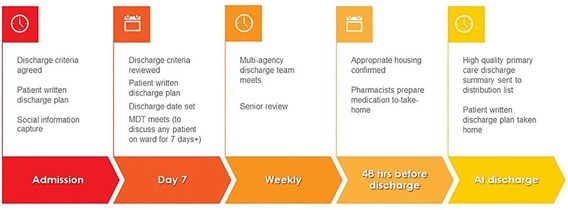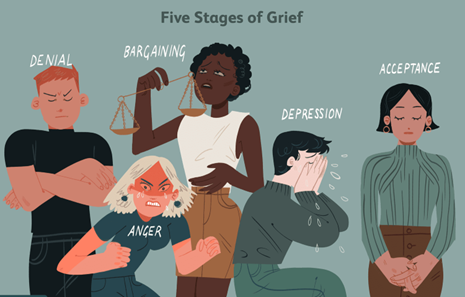The registered nurse is preparing for the termination phase of the nurse-client relationship. The registered nurse prepares to implement which nursing task that is most appropriate and most important for this phase?
Select one:
Developing realistic solutions
Built rapport and trust.
Making appropriate referrals
Identifying expected outcomes
The Correct Answer is C
During the termination phase of the nurse-client relationship, the nurse should focus on making appropriate referrals to ensure that the client continues to receive the care and support they need after the relationship with the nurse has ended.
Option a. Developing realistic solutions is an important task during the working phase of the nurse-client relationship, when the nurse and client work together to identify and implement solutions to the client’s problems.
Option b. Building rapport and trust is an important task during the orientation phase of the nurse-client relationship, when the nurse and client get to know each other and establish a therapeutic relationship.
Option d. Identifying expected outcomes is an important task during the planning phase of the nursing process, when the nurse and client work together to set goals and develop a plan of care.
Nursing Test Bank
Naxlex Comprehensive Predictor Exams
Related Questions
Correct Answer is A
Explanation
Chronic anxiety is a persistent feeling of unease, worry, or fear that can interfere with daily life. To manage chronic anxiety, the client needs to identify anxiety-producing situations that trigger their symptoms. This can help the client avoid or cope better with these situations. It is important to note that it is not always possible to eliminate stress and anxiety from daily life, so it is better to focus on managing it effectively.
Trying to repress feelings of anxiety is not a helpful strategy and can make the client's symptoms worse in the long run. Repressing emotions can lead to feelings of frustration, irritability, and even physical symptoms such as headaches or muscle tension.
Contacting the crisis counselor once a week may be helpful for some clients, but it is not a standard recommendation for all clients with chronic anxiety. The discharge plan should include personalized recommendations that are tailored to the client's specific needs and circumstances.

Correct Answer is C
Explanation
This statement shows that the client is not accepting the reality of their prognosis and is dismissing the doctor's professional opinion. Denial is a common stage in the grief process where individuals may refuse to believe or accept a difficult reality, often as a coping mechanism to avoid the pain and sadness of the situation. Options a, b, d, and e do not indicate denial and instead may suggest fatigue, acceptance, physical weakness, and anger or frustration, respectively.

Whether you are a student looking to ace your exams or a practicing nurse seeking to enhance your expertise , our nursing education contents will empower you with the confidence and competence to make a difference in the lives of patients and become a respected leader in the healthcare field.
Visit Naxlex, invest in your future and unlock endless possibilities with our unparalleled nursing education contents today
Report Wrong Answer on the Current Question
Do you disagree with the answer? If yes, what is your expected answer? Explain.
Kindly be descriptive with the issue you are facing.
